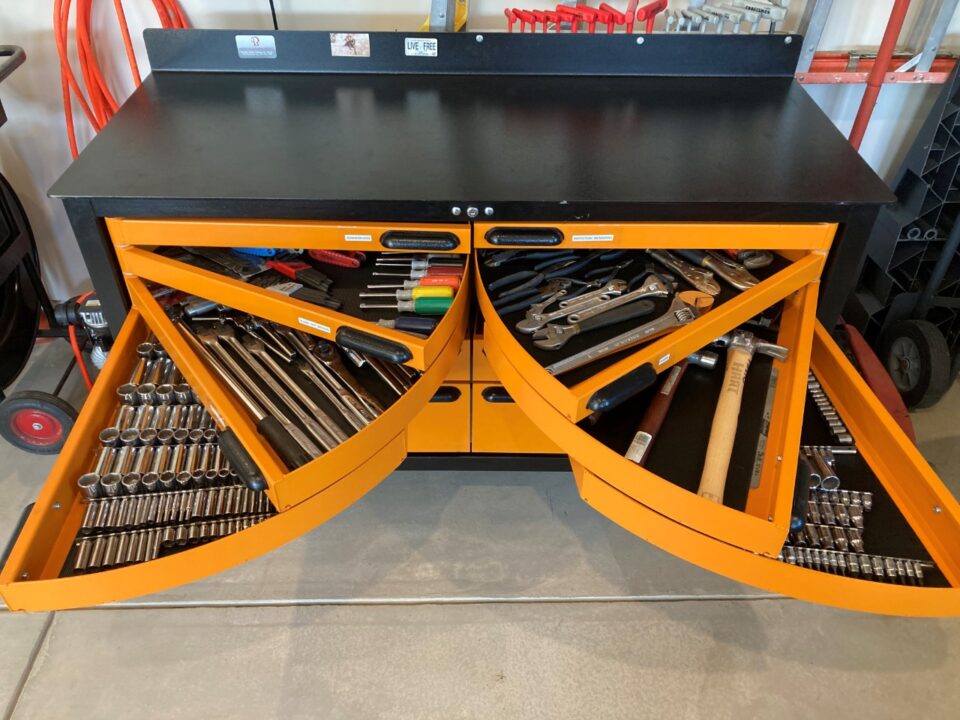Blog
Swivel Storage Solutions are Powder Coated. Here is why Steel rusts.
Steel rusts primarily due to a process called oxidation, where iron in the steel reacts with oxygen and water to form iron oxide, commonly known as rust. This reaction occurs more rapidly in the presence of moisture and air. The chemical reaction can be represented as follows:
Iron (in steel) + Oxygen + Water → Iron Oxide (Rust)
To prevent steel from rusting, several methods can be employed:
Coating: Applying protective coatings such as paint, enamel, or zinc plating creates a barrier between the steel and the surrounding environment, preventing moisture and oxygen from coming into contact with the iron.
Galvanization: Galvanization involves coating steel with a layer of zinc. Zinc is more reactive than iron and serves as a sacrificial anode, meaning it corrodes preferentially to the steel. This process effectively protects the underlying steel from rusting.
Stainless Steel: Stainless steel contains chromium, which forms a thin, passive oxide layer on the surface of the steel. This layer acts as a protective barrier against further corrosion.
Powder Coating: Powder coating involves applying a dry powder to the surface of the steel, which is then cured under heat to form a protective layer. This method provides excellent corrosion resistance and durability.
Proper Maintenance: Regular cleaning and maintenance of steel surfaces can prevent the buildup of contaminants and moisture, reducing the likelihood of rust formation.
Dehumidification: Keeping the environment around steel dry can help prevent rust formation. This can be achieved through the use of dehumidifiers or by storing steel in controlled humidity environments.
By employing these methods, it is possible to significantly reduce or even eliminate the risk of steel rusting. However, it’s important to choose the appropriate method based on factors such as the intended use of the steel, environmental conditions, and budget constraints.

